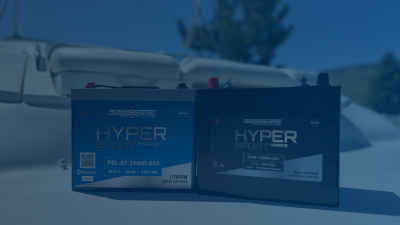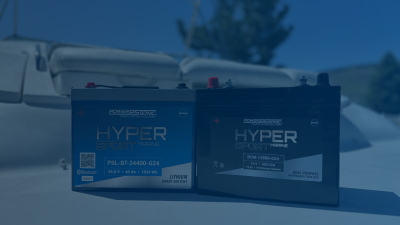The Complete Guide to AGM Batteries
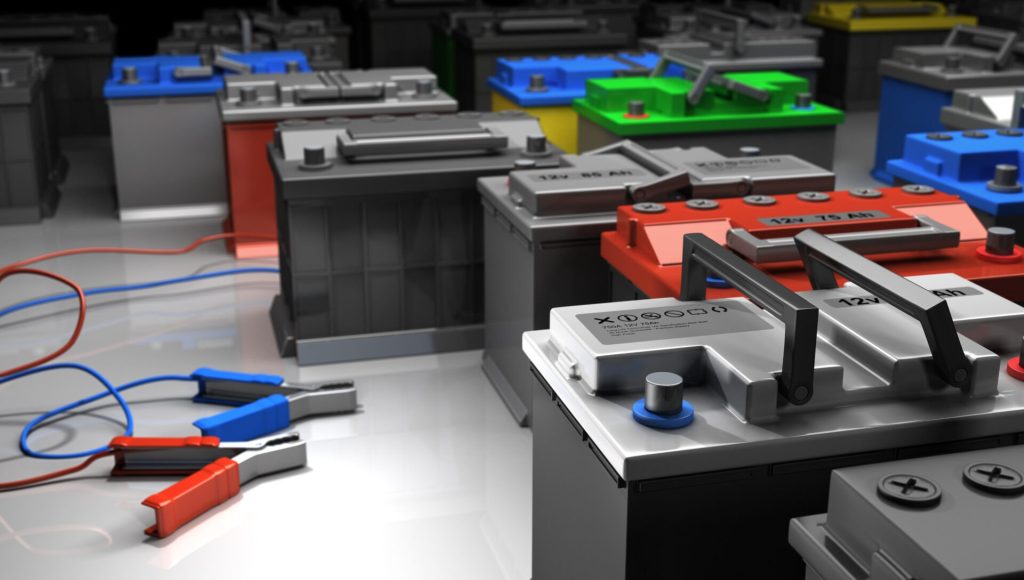
WHAT IS AN AGM BATTERY?
You’ve heard the term AGM battery before and may even know that it stands for Absorbent Glass Mat. But, what does Absorbent Glass Mat (AGM) actually mean and how does that enhance the battery’s performance over standard lead acid batteries?
SLA batteries use lead plates and electrolyte sealed in cells. Valve-regulated designs safely vent minor gases while staying spill-proof and operable in most positions. Their sealed construction eliminates the need to add electrolyte, as gases recombine internally.
AGM BATTERY CONSTRUCTION
AGM batteries use a fiberglass mat between the plates to absorb and hold the electrolyte, making them non-spillable. The mat maximizes contact between the electrolyte and plates without excess fluid, allowing AGM batteries to deliver the same power as standard SLAs with less electrolyte.
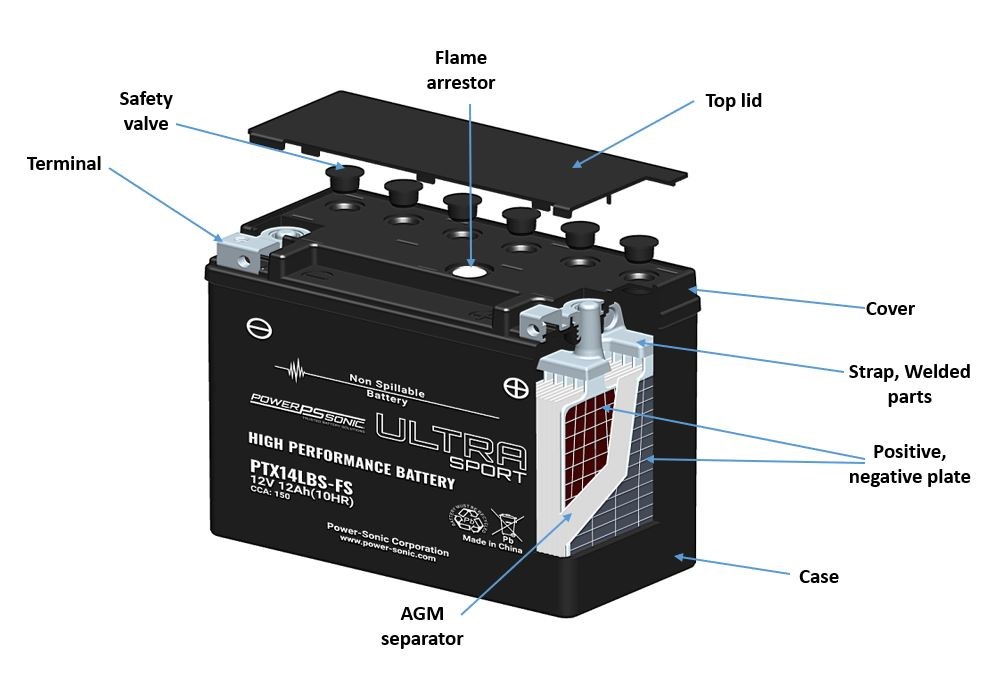
TYPES OF AGM BATTERIES
Many associate AGM batteries with deep-cycle use, but not all are deep-cycle. While AGMs offer an 80% depth of discharge versus 50% for flooded batteries, they also excel as starter batteries thanks to low internal resistance and high current delivery. Modern vehicles use AGM batteries for start-stop systems since flooded types can’t withstand frequent cycling.
At Power Sonic, we use AGM technology across several lines—from deep-cycle (PDC) and PowerSport (Super Sport, Ultra Sport AGM, Stop-Start AGM) to general-purpose (PS) and long-life (PG) batteries—because the Absorbent Glass Mat design increases electrolyte surface contact and boosts performance. Each AGM cell provides 2 volts, making them available in common 6V and 12V configurations.
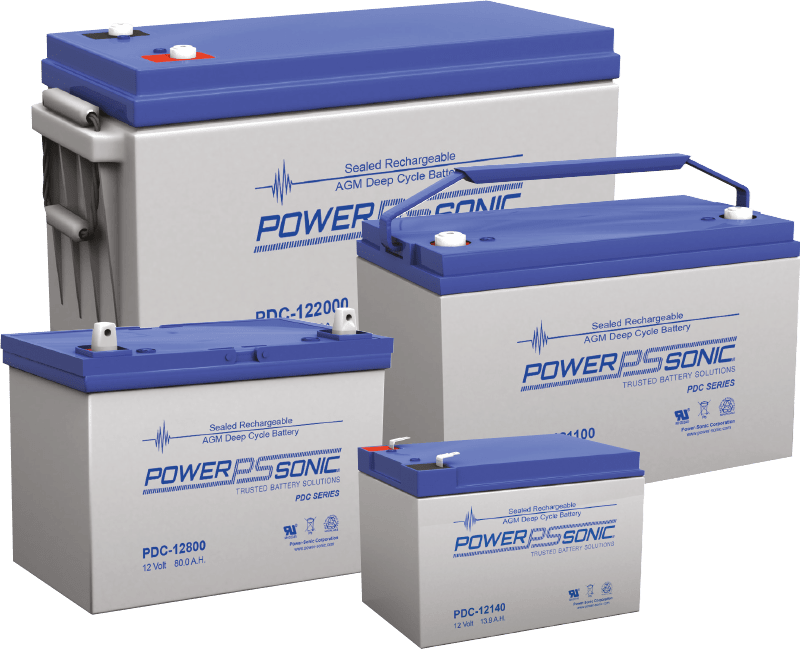
CHARGING AN AGM BATTERY
AGM batteries charge up to five times faster than flooded types. However, like all sealed lead acid batteries, they are sensitive to overcharging—refer to our SLA charging guide to maximize performance and lifespan.
ARE AGM BATTERIES RECYCLABLE?
Yes AGM batteries are recyclable. More than 98% of an AGM battery can be recycled. We in the battery industry are very proud of the fact that lead acid batteries are one of the most highly recycled products on the planet.
AGM VS FLOODED BATTERY
These batteries offer several advantages over traditional flooded types. The fiberglass mat holds the acid, reducing sulfation and allowing deeper discharge. With lower internal resistance, AGM batteries self-discharge less and charge faster, requiring less maintenance during storage. Their tightly packed design increases vibration resistance, cycle life, and reduces weight by using less electrolyte—ideal for power sport applications. The main drawback is cost, as AGM batteries are pricier than flooded types, though they require far less upkeep.
AGM BATTERY VS GEL
Gel batteries, another maintenance-free alternative to flooded and AGM types, use a thixotropic gelled sulfuric acid electrolyte and sealed cells with gas recombination. Compared to AGM, Gel batteries lose capacity faster in cold temperatures and perform poorly in high-rate or starter applications, though they often offer longer service life in some uses. Power-Sonic offers Gel options in its DCG (Deep Cycle Gel) and 2V OPzV Tubular Gel lines.
AGM VS LITHIUM BATTERIES
AGM and lithium batteries differ in performance, charging needs, and cost. To choose the right one, consider your application—deep cycle, high discharge, or standby—and any built-in charger requirements. Power-Sonic’s comprehensive guide compares sealed lead acid and LiFePO₄ batteries to help you determine if AGM is the best fit.
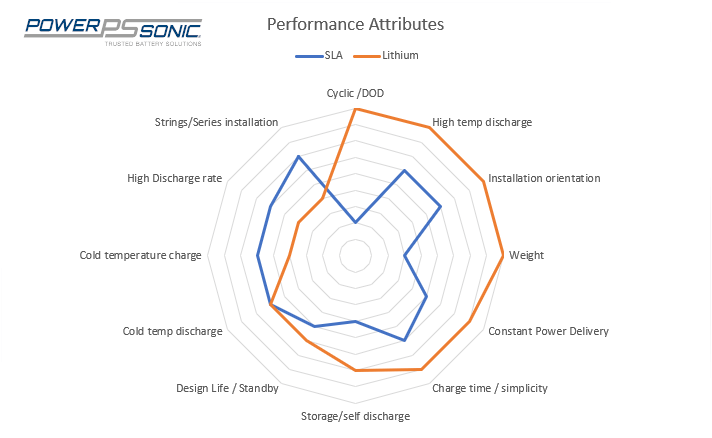
In summary, AGM batteries outperform flooded types with lighter weight, lower maintenance, and better overall performance. They’re also more common and affordable than Gel batteries. Choosing between AGM and lithium depends on your application and performance needs. For help selecting the right battery, contact us by phone or email.

